United Nations Secretary General Antonio Guterres said on Tuesday he celebrates the advances made to implement Colombia’s 2016 peace deal with the demobilized FARC rebels, but added efforts must be redoubled to sustain economic opportunities for ex-combatants.

The Revolutionary Armed Forces of Colombia (FARC) signed a peace deal with the government in 2016, resulting in the demobilization of some 13,000 members, including 7,000 combatants.
The agreement ended the FARC’s role in the Andean country’s long-running internal conflict, which has left millions displaced and more than 260,000 dead.
While the Colombian government’s measures to further the peace deal have seen progress, more state help is needed to ensure the survival of projects for ex-combatants, Guterres said during a trip to the country.
“We must redouble efforts to guarantee the sustainability of these projects, with financial and technical support, and land and housing,” Guterres said while visiting a re-integration camp located in Colombia’s Antioquia province, with President Ivan Duque welcomed Guterres’ visit as historic, which “will allow us to see the implementation of Peace with Legality and other programs.”
The accord has been beset with challenges, with several former commanders – who argued the deal was not being fulfilled – returning to arms, while close to 300 ex-FARC have been killed since the deal was signed, according to local advocacy group Indepaz.
United States President Joe Biden’s administration plans to remove the FARC from the U.S. list of foreign terrorist organizations, two people familiar with the matter told Reuters earlier on Tuesday.
Dropping the designation for the group would serve as a show of support for the peace deal.
The UN Secretary General also expressed his concern over the violence affecting indigenous communities across the country.
“I express the solidarity of the United Nations with the indigenous peoples of ... Colombia in the face of the violence that continues to affect their lives, their customs and their ancestral territories,” he said.
(AFP)


1Nearly 60 years of civil conflict left an estimated 120,000 Colombians listed as missing (AFP/JOAQUIN SARMIENTO)
Lina VANEGAS
Tue, November 23, 2021, 1:53 PM·4 min read
On many funerary plaques in the Colombian town of Puerto Berrio, there are no names. Simply the letters N.N, often hand-painted, after the Latin "Nomen nescio" for "anonymous."
During the worst years of Colombia's near six-decade conflict, the 1,540-kilometer (957-mile) Magdalena River that flows past the town in the northern Antioquia department brimmed with hundreds of unidentified bodies.
They washed up swollen, often mutilated, sometimes just body parts.
The dead were extracted from the river, "adopted" by the people of Puerto Berrio and interred at La Dolorosa cemetery, where townsfolk still come to pray and tend to the tombs every day.
"I tell myself that if we take care of a missing person here, someone else somewhere might be taking care of my son's grave," said 60-year-old Blanca Bustamante, whose two children disappeared without trace.
Her son Jhon Jairo Sosa Bustamante, a 20-year-old soldier, disappeared 14 years ago while on leave. Then her daughter Lizeth, aged nine, vanished too.
Nearly 60 years of civil conflict left an estimated 120,000 Colombians listed as missing -- four times the toll of the 20th century dictatorships of Chile, Argentina and Brazil combined.
"If they died as N.N, there must be other people who love and care for them. That’s what I hope," Bustamante told AFP among the plastic flowers and hand-painted tomb

Townsfolk come every day to La Dolorosa cemetery to tend to the graves of the unknown dead (AFP/JOAQUIN SARMIENTO)
- 'Maybe he is here' -
The historic peace accords signed in 2016, resulting in the disarmament of the FARC Marxist guerrilla group, finally allowed Colombian families to start the long and difficult search for their missing loved ones.
The deal gave birth to a special search unit -- called the UBPD in Spanish -- for missing persons, the majority of them civilians who got caught up in the ruthless war waged by paramilitary groups, guerillas, drug traffickers and the security forces.
In five years, the unit has identified 127 bodies through a laborious process of gathering information and DNA -- a delicate mission in areas where holdout armed groups still fight today.
In Puerto Berrio alone, 116 unidentified bodies have been found. But there could be as many as 700, according to the UBPD search unit.
Nelcy Diaz recently travelled to Puerto Berrio in search for her husband Jose Jesus Cubillos, who was 42 when he was kidnapped along with five others from a neighboring town in 2002.
Someone had told her that a guerrilla sporting six watches on his arm had boasted about killing the six men.
The teacher, 57, assumes her husband's body was thrown into the Magdalena River -- Colombia's longest.
"Maybe he is here," she told AFP, showing a photo of her husband on her mobile phone.
Jose Lupo Escobar, a 69-year-old fisherman, said he had a "love-hate" relationship with the river.
"For us, it is a source of life," but also reminiscent of a "very dark" period.
"We found floating corpses... we often tore off a leg, a hand, sometimes a head" while trying to recover them, he recounted.

Many funerary plaques in the Colombian town of Puerto Berrio are marked simply N.N. after the Latin 'Nomen nescio' for 'anonymous' (AFP/JOAQUIN)
- 'Even a small bone' -
Ex-combatant Jairo Mira confessed to having used the river as a "graveyard."
"Daily deaths here were 15 or 20... Puerto Berrio had become a war zone," recalled the 56-year-old who joined a paramilitary group as a teenager.
He served 17 years in prison for a massacre of 30 people.
As the corpses began to accumulate in the cemetery of La Dolorosa, "a very special faith in the community" moved them to embrace the souls of the unknown dead, said Ramon Morales, who was an undertaker in the early 2000s, a particularly grim period of the conflict.
"An N.N. would arrive and there would be people at the door saying: 'Keep it for me'" to take care of, he recalled.
For UBPD search unit head Luz Marina Monzon the people of Puerto Berrio were performing an "act of humanity" that helped "give sense to the horror."
Bustamante said she would continue honoring the unidentified dead and hoping for closure about the fate of her own children.
"Even if it is a small bone, a little finger, it would mean so much to us."
lv/vel/mlr/jh
Colombia peace deal: The families displaced five years on
By Steven Grattan
Montería, Colombia
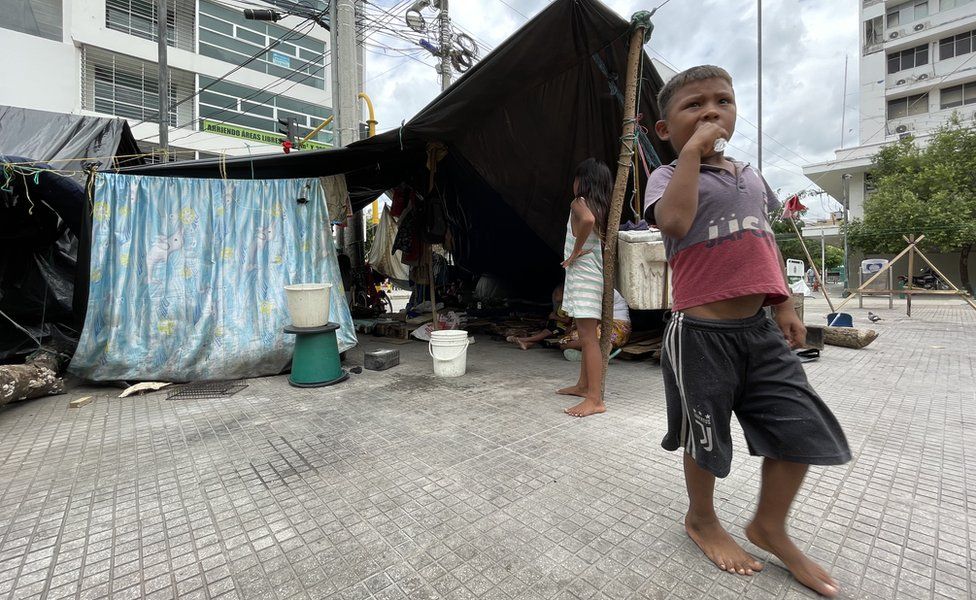
Sheets of tarpaulin supported by sticks pepper a public square in the northern Colombian city of Montería where a community of indigenous Emberá people have lived since mid-April.
The community fled violence which broke out between rival armed groups in their rural communities many hours away, along the banks of the Sinú river.
One barefoot Emberá woman said she wanted to return, but fears for her and her family's lives.

"We are here out of serious need," says Margarita Pernia, 42, sitting beside her three teenage daughters in their traditional indigenous clothing and face markings.
"They have guns. After 6pm we couldn't go out anywhere, because even though we are on our land, they prohibit it," Ms Pernia said. "We lived in terror."
You may also be interested in:
Ms Pernia said they fled because different armed groups were taking control of the land on their indigenous reserve, although she was unable to identify exactly who the groups were.
In Montería, the Emberá community sleep on the ground on thin pieces of foam and wash themselves in the nearby river, where they also defecate.
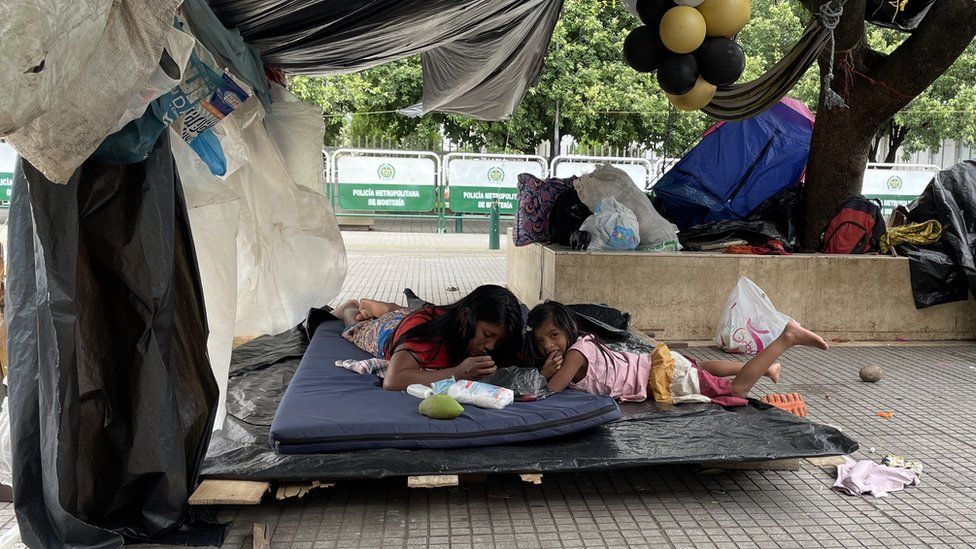
"We're here, putting up with mosquitos and hunger. Our children have gotten sick and some have died," said Fabio Bailarín, 52, a spokesperson for the Emberá people who is part of the 2,700 who fled.
This is a small example of the multiple forced displacements happening each month around Colombia, a country where armed conflict violence is on the rise.
The twenty-fourth of November marks the fifth anniversary of the official implementation of a historic peace deal signed between the Revolutionary Armed Forces of Colombia (Farc) rebel group and the government in 2016.
But for many in the Andean nation, peace never arrived.
Existing or dissident rebel groups and new illegal armed groups involved in drug production or trafficking and illegal gold mining have moved into and vie for control of the areas the Farc rebels left behind after demobilising.
An overwhelming amount of these illicit activities occur on the ancestral lands of Afro-Colombian and indigenous communities.
Colombia's Ombudsman's Office reported a 213% increase in the number of displaced families, from 1,682 in 2020 to 5,266 in 2021.
During the first half of this year there were 102 incidents of mass displacement, where 44,290 people fled to usually more urban areas for safety from armed conflict violence.
"For many communities across Colombia, the promise of peace has become a devastating disappointment," said Juan Pappier, senior Americas researcher at Human Rights Watch.
"While the peace process initially brought some relief, violence in remote areas is now increasing and many regions are at risk of experiencing a return to pre-peace process levels of violence."
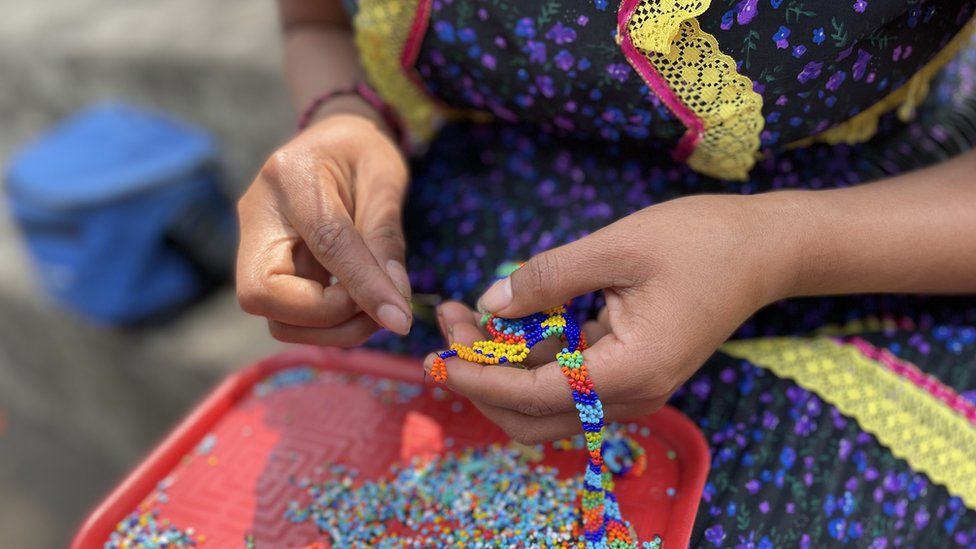
Armed groups confining communities is another phenomenon on the rise.
"Illegal armed groups exert control over local populations by restricting their freedom of movement. This means "confining" them which involves imposing curfews, check points and not allowing persons to leave or enter the community in question or to bring in outside goods into the area," said Gimena Sánchez-Garzoli, Andes director for the advocacy group Washington Office on Latin America (WOLA).
The southwestern Pacific region, especially Chocó, has been worst affected by this. The United Nations said in a recent report that 96% of confined people this year belong to indigenous or Afro-Colombian groups.
Most of those under confinement do not speak out to local authorities, rights groups or journalists out of fear of reprisal.
Ms Sánchez says confining communities allowed armed groups to gain military advantage against whomever they are fighting with and guarantees that the local population submits to their demands.
Young and underage Colombians also continue to be recruited into the ranks of illegal groups.
ACAPS, a non-governmental organisation which analyses humanitarian crises globally, predicted in a September 2021 report that forced recruitment, gender-based violence, massive displacement and massacres were likely to increase in the coming months in Colombia's provinces on the Pacific coast, where "at least 10 armed groups are disputing territory".
The report said that confrontations between armed groups for territorial control increased the number of confinements, mass and individual displacements, and homicides in 2021 - a trend likely to continue.
The Pacific provinces are key for coca cultivation - the raw ingredient for cocaine - which is at an all time production high too.
Landmines and other explosive devices are also being planted again by armed groups to protect their valuable coca fields, which frequently maim civilians and security forces.
A Colombian government spokesperson told the BBC they could not provide a direct response to questions posed about rising violence in the country.
On the other side of the public square in Montería, 52-year-old Ireña Domico Charras sits alone.
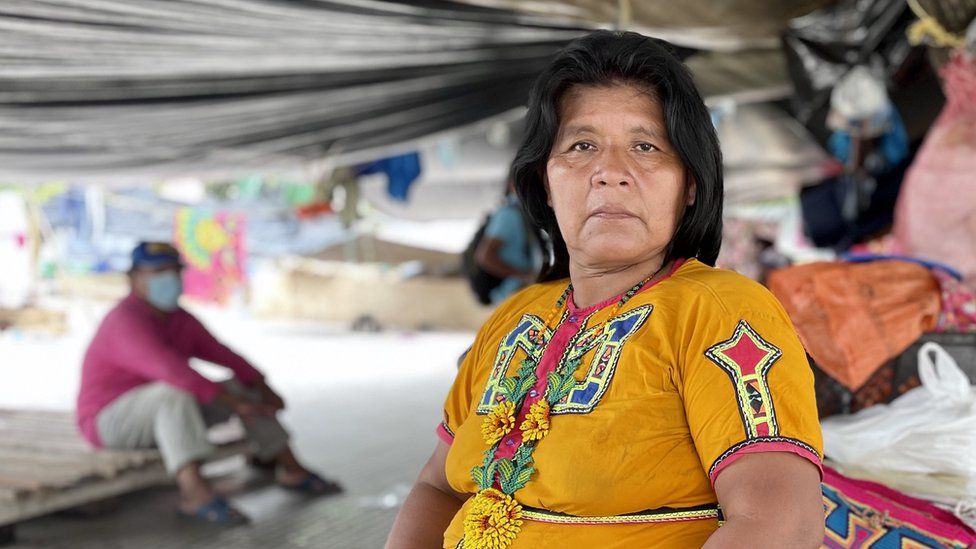
Using a sewing pin, she carefully scoops up small beads and places them onto a piece of thread to make bracelets to sell around the city. She is a local leader within her Emberá community.
"They've killed some of our leaders in Sinú. I have received death threats and my husband too," says Ms Charras, who said her brother was killed by the Farc and she was displaced three other times before the peace deal.
"If you don't do what they say, they'll kill you. We need the government to guarantee our safety before we can go back."



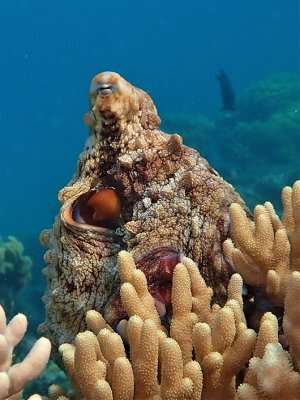
:focal(1920x1079:1921x1080)/https://tf-cmsv2-smithsonianmag-media.s3.amazonaws.com/filer_public/a1/76/a176c83f-47c7-4718-acf2-cf8c1b8d5e66/fk210922-dive464-20211020-181227595.jpeg)
